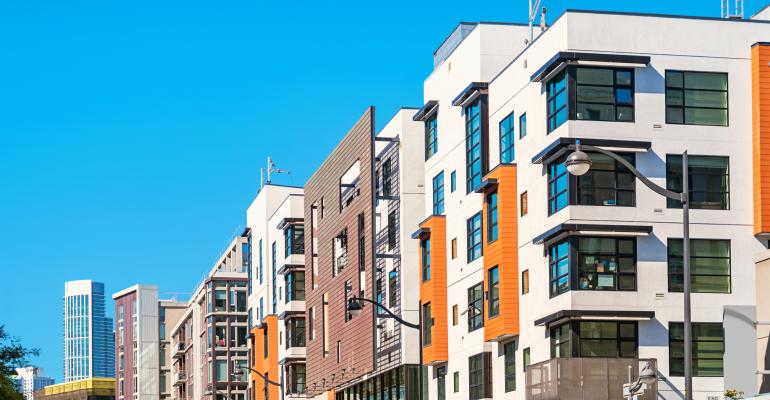Sponsored by Freddie Mac Multifamily
Multifamily continues its healthy expansion, which began more than a decade ago. Generational changes in demographics and consumer preferences are driving increased demand, so rent growth and vacancies are healthier than long run averages. A limited number of markets are impacted by significant supply deliveries, but even those markets are generally not far off from normal historical performance. All-in-all, our outlook for 2020 remains strong.
The predominant challenge we face is a major overall housing supply shortage, especially in the workforce and affordable housing segments. Simply put, the market still isn’t adding enough new units to keep up with demand. There is a lot of new supply in the pipeline, but much of it is class-A, and it’s taking longer than expected to get to market. Given where markets are now, it will take multi-year changes to the supply and demand balance to impact the affordability of workforce housing.
All that said, the origination market is booming, driven by a declining 10-year Treasury throughout 2019. The Mortgage Bankers Association (MBA) projected in the spring of 2018 that multifamily originations for 2019 would be approximately $100 billion less than current expectations of $359 billion, up 6 percent from 2018. Further, the MBA expects another 8 percent growth in 2020.
As a result of this unexpected growth, throughout 2019 Freddie Mac worked aggressively to manage its volume to remain within the $35 billion cap set by FHFA. Beginning in the fourth quarter of 2019 and moving into 2020, both Government-sponsored Enterprises (GSEs) are operating under a new cap structure, one that allows for $100 billion in total volume from Q4 2019 to year end 2020 for each GSE. That annualizes to $80 billion in volume for 2020. Rather than allowing for uncapped volume, which in the past included affordable, green and other mission-oriented products, this new structure requires that at least 37.5 percent of our capped volume be mission-driven, which no longer includes “green” loans.
Overall, market reaction to the FHFA cap structure has been positive, as it accounts for the substantial growth in the multifamily sector and helps to provide certainty to other secondary market participants about GSE volume in 2020. The net effect for Freddie Mac Multifamily is that our volume will be roughly consistent with the past two years. Our 2018 volume was $78.5 billion, and we expect 2019 and 2020 to be right in line with that figure.
In 2020, we’re working to continue serving our mission of providing liquidity, stability and affordability to the market. But we have another challenge: preparing for an end to conservatorship in the years ahead. We have several regulatory milestones to meet as we work to achieve this goal. In a big picture sense, that means we’ll continue to strengthen our business in a way that would attract private capital.
We’ll continue leveraging technology so that our business runs more efficiently and better uses data to minimize risk. We’re also going to continue enforcing strong credit discipline in a way that maintains our near-zero delinquency rate. And it goes without saying that we’ll continue to build out our credit risk transfer platform. Today, nearly 90 percent of the credit risk on new loans that we securitize is transferred away from taxpayers to private investors, and we plan do even better going forward.
In the year ahead, we’re optimistic about the market and about our efforts to lead it. From our executive leadership on down, we’ve built an incredible team, and along with our network of Optigo® lenders, we’re continuing to raise the bar.
Debby Jenkins is Executive Vice President and Head of Multifamily at Freddie Mac.
Learn more at mf.freddiemac.com





